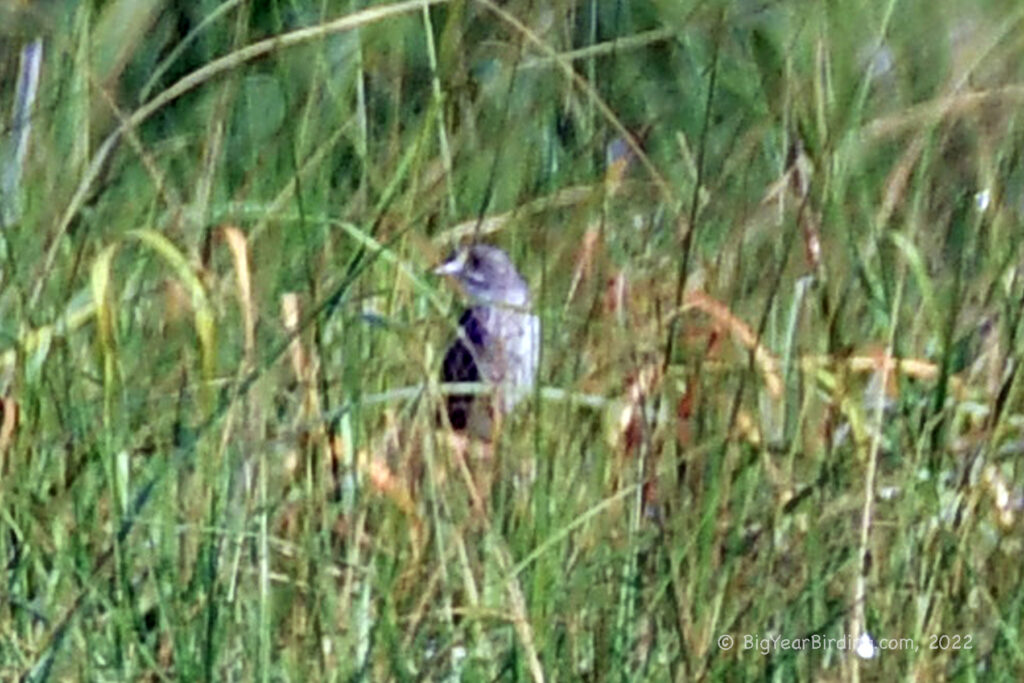
The seaside sparrow (Ammodramus maritimus) is a small passerine bird found in the southeastern coastal regions of the United States. Measuring around 5.5 inches in length and weighing between 0.4 and 0.7 ounces, the seaside sparrow is a small but robust bird. Males are typically larger and heavier than females. Its plumage is generally brownish-gray, with darker streaks on its back and wings, and a distinctive yellowish patch above its eye.
One of the most distinguishing field marks of the seaside sparrow is its song, which is a series of clear, descending whistles. The song is usually heard during the breeding season, when males sing to establish and defend their territories. The bird’s habitat also serves as a key field mark, as it is typically found in marshes and wetlands along the coast. Its diet consists primarily of insects and seeds.
The seaside sparrow is a resident bird in its southern coastal range, but it also undertakes a limited migration to more northern areas during the winter months. The exact range of migration varies from year to year depending on factors such as weather and food availability. The bird’s migration range typically includes coastal areas from Virginia to Florida.
The seaside sparrow faces a number of threats to its survival, primarily due to habitat loss and degradation caused by human activities such as development and agriculture. In addition, the bird’s coastal habitat is vulnerable to the effects of climate change, such as sea level rise and increased storm intensity. As a result, the bird has been listed as a species of concern by the U.S. Fish and Wildlife Service.
Efforts are underway to protect the seaside sparrow and its habitat, including the restoration and management of wetland areas. Conservation efforts also include monitoring and research to better understand the bird’s ecology and behavior. The success of these efforts will be critical in ensuring the long-term survival of this important coastal species.
